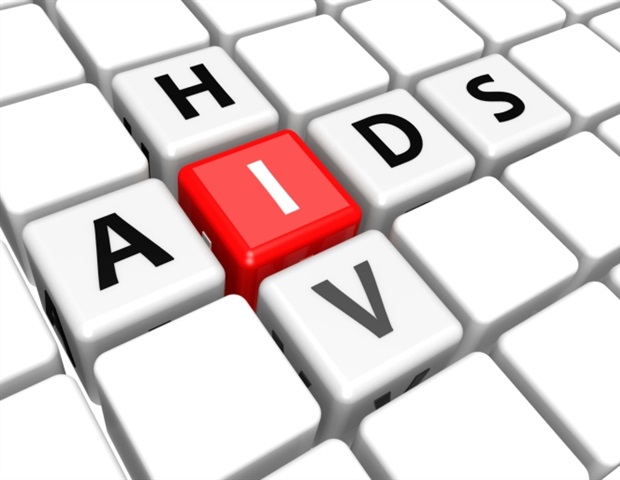
March 31, 2025 This article has been reviewed according to Science X's editorial process and policies . Editors have highlightedthe following attributes while ensuring the content's credibility: fact-checked trusted source proofread by National Taiwan University A study conducted by Prof. Thai-Yen Ling at National Taiwan University underscores the potential of small extracellular vesicle (sEV) therapy and enhances the precision of acute liver failure treatment through the application of click chemistry.
The study was published in the Journal of Extracellular Vesicles . Every day, the liver diligently metabolizes the food we consume and the medications we ingest. However, excessive intake of common analgesics like acetaminophen (paracetamol) can overwhelm hepatic function, leading to significant damage.

In severe instances, this results in acute liver failure —a rapidly progressing and life-threatening condition that may necessitate a liver transplant for survival. To counteract acetaminophen overdose, clinicians often administer N-acetylcysteine (NAC), which mitigates hepatic injury. Nevertheless, NAC is not always effective in a timely manner, particularly in severe cases, and it carries potential side effects such as allergic reactions and interference with liver regeneration if administered for prolonged periods.
In some scenarios, NAC alone is insufficient to preserve liver function. In pursuit of a more effective solution, a research team led by Professor Thai-Yen Ling at National Taiwan University devised a novel, targeted approach. Instead of conventional pharmaceuticals, they utilized small extracellular vesicles (sEVs)—tiny natural particles that facilitate intercellular communication.
sEVs transport crucial molecules like RNA, proteins, and lipids, playing a vital role in cellular healing and communication. Mesenchymal stromal cell (MSC)-derived sEVs are particularly potent, as they can attenuate inflammation, promote regeneration, and support immune homeostasis. However, a significant challenge is that injected sEVs lack targeted delivery, often dispersing and accumulating in non-target organs, thus limiting their therapeutic efficacy.
To address this, Professor Ling's team employed "click chemistry," a sophisticated chemical technique akin to molecular Velcro, which rapidly and selectively joins specific molecules without disrupting other biological systems. This method is ideal for modifying biological molecules like sEVs due to its aqueous compatibility, high selectivity, and mild reaction conditions. The team first utilized a sugar-based molecule, Ac4ManNAz, to label vesicles produced by placenta-derived MSCs (pcMSCs) grown under serum-free, clinical-grade conditions.
This labeling step chemically tagged the vesicles, now termed N3-sEVs, preparing them for subsequent modification. For targeting, the team engineered a small antibody fragment capable of recognizing and binding to the ASGR1 protein, predominantly expressed on hepatic cells. This fragment was modified with a complementary chemical group (DBCO), and upon mixing with N 3 -sEVs, click chemistry facilitated the precise conjugation of the two components.
The resultant CAR-sEVs were vesicles equipped with therapeutic payloads and precise hepatic targeting capability. In animal models, these engineered vesicles demonstrated superior homing to damaged liver tissue compared to unmodified sEVs, effectively reducing hepatic inflammation, decreasing damage markers, and promoting tissue repair—all without necessitating live-cell therapy. Being cell-free, CAR-sEVs also circumvent many risks associated with whole-cell transplants, such as immune rejection or uncontrolled cell proliferation.
Moreover, the platform's versatility is noteworthy. By altering the targeting molecule, researchers can direct these vesicles to other tissues or organs, suggesting that the same click chemistry-based strategy could be adapted to develop therapies for various conditions, including cardiovascular diseases, cancer, and neurological disorders. "This approach demonstrates how precise chemical engineering can transform natural cellular messages into targeted therapies," says Prof.
Thai-Yen Ling. "By utilizing clinical-grade pcMSCs and click chemistry, we are developing a flexible and safe platform that we hope will be applicable to many other diseases in the future." More information: Yen‐Ting Lu et al, Small Extracellular Vesicles Engineered Using Click Chemistry to Express Chimeric Antigen Receptors Show Enhanced Efficacy in Acute Liver Failure, Journal of Extracellular Vesicles (2025).
DOI: 10.1002/jev2.70044 Provided by National Taiwan University.













